20-second Key Takeaways
- Check the basics: Serving size, active ingredient amounts, allergens and expiry dates are non-negotiable.
- Know your mushroom: Fruiting body extracts generally deliver higher beta-glucans; blends with mycelium can offer extra compounds.
- Extraction matters: The most suitable extraction method per mushroom releases more bioactive compounds than a one-size-fits-all extraction method.
- Demand proof: Look for third-party Certificates of Analysis (CoAs) to confirm purity and potency.
Imagine stepping into your local health store or browsing online for mushroom supplements only to be greeted with a dizzying array of products boasting impressive health claims. With growing estimates suggesting that up to 30% of supplements are mislabeled, it’s easy to feel overwhelmed.
In a market where transparency is rare and misleading claims are common, knowing how to decipher a label isn’t just helpful – it’s essential.
Let’s take a journey through the world of supplement labels, using mushroom products as our guide, and learn how to make smart, informed choices.
TL;DR: Most supplements aren’t as transparent as they appear. By checking core label details, understanding fruiting body vs. mycelium, choosing products made using the best extraction method, and insisting on third-party lab tests, you dramatically improve your chances of getting a potent, safe mushroom supplement.
Table of Contents
The Global Supplement Label Landscape
Before diving into the specifics of mushroom supplements, it helps to understand that supplement labels vary around the world.
In the European Union
- Governed by the Food Information to Consumers (FIC) Regulation.
- Labels must show Nutrient Reference Values (NRVs), approved health claims, and bold allergens.
- Tip: Use theEU Health Claims Register to verify claims like “Beta-glucans support immune health.”
In the United States
- Regulated under the FDA’s Dietary Supplement Health and Education Act (DSHEA).
- Labels include Daily Values (DV) and structure/function claims (though these are not FDA evaluated).
Universal Label Components
- Serving Size: Check if the daily dose aligns with the bottle’s total servings.
- Active Ingredients: Must list amounts (e.g., "500mg Reishi extract").
- Allergens: Look for bold text (EU) or a "Contains" statement (US).
- Expiry Date: Non-negotiable for potency.
Takeaway
Key Components to Check: Serving size, active ingredients, allergen details, and expiry dates.
Example

Why This Matters
Up to 30% of supplements are mislabeled, and many make vague or misleading claims. Knowing how to read a supplement label isn’t just an industry “nice to know”; it protects you from wasting money on weak or contaminated products and helps you select formulas that actually deliver the promised health benefits.
Demystifying Mushroom Supplements
Mushrooms have become a go-to ingredient for many supplements, prized for their immune and cognitive benefits. However, not every mushroom supplement is created equal. Let’s explore the critical distinctions.
Fruiting Body vs. Mycelium: What’s the Difference?
The fruiting body is the part of the mushroom we typically see and recognize. It’s where many of the bioactive compounds, such as beta-glucans, are most concentrated.
High-quality fruiting body extracts often boast beta-glucan levels between 25% and 40%>, setting a benchmark for immune support.
However, don’t count mycelium out entirely. While mycelium - the underground network of fungal threads may be less potent if grown on grain, certain mushrooms (like Lion’s Mane) can benefit from a blend of both fruiting body and mycelium.
This blend harnesses the best of both worlds by providing unique compounds such as hericenones and erinacines, each contributing in its own way to brain and nerve health.
Takeaway
Fruiting body extracts are generally preferred, but for some mushrooms, a strategic blend with mycelium can offer added benefits
Learn more about Fruiting Body vs Mycelium
Extraction Methods: Unlocking Maximum Benefits
Not all mushroom supplements are produced with the same level of care. Extraction methods can make or break the final product. What’s the difference between extraction methods?
Dual Extraction: This method uses both hot water and alcohol to extract water-soluble beta-glucans and alcohol-soluble compounds like triterpenes, ensuring a robust profile of bioactive compounds. Look for terms like “dual-extracted” or “1:1 extract ratio.”
Double Extraction: At Antioxi we take it one step further with double extraction – running two full rounds of the extraction process. This maximises both purity and potency by ensuring that key compounds are fully released and captured, giving you the most concentrated and consistent product possible.
Hot Water Extraction: This is the method used for extracting beneficial compounds from most mushrooms. However, it's important to note that some mushrooms require an additional extraction step. For example, some compounds in Lion's Mane mushrooms are best extracted using other methods.
The lesson here? A little extra processing can translate into a supplement that really delivers.
Key Compounds to Verify
-
Beta-Glucans: The gold standard for immune support. High-quality extracts should provide at least 25 – 40% beta-glucans. Instead of referencing just one mushroom, we set this as a general benchmark across all mushroom supplements. Brands should specify beta-glucan content rather than just a vague “total glucan”
-
Alpha-Glucans: Often used to inflate glucan claims; prioritize beta-specific labelling and look for third-party results that indicate a low alpha glucan count.
- Cordycepin: For Cordyceps supplements, look for ≥0.3% cordycepin.
Takeaway
Hot Water or Dual extraction is typically a sign of a robust, effective product.
Quality You Can Trust: Transparency and Testing
When it comes to supplement quality, transparency isn’t just a nice-to-have. It’s essential. Most companies perform in-house tests, which are alarmingly easy to manipulate.
A staggering 92% of companies we’ve reviewed don’t share or display their lab reports.
This means you could be investing in a product without knowing if it even contains the promised active ingredients.
The Importance of an Independent Certificate of Analysis (CoA)
What to Look For?
- A valid CoA should come from an independent third-party laboratory, not from tests performed in-house.
This independent CoA confirms that:
- Contaminants (e.g., heavy metals such as lead at <1ppm, microbes at <10,000 CFU/g) are within safe limits.
- Potency: The product contains what the label claims (for instance, 30% beta-glucans).

Third-Party Partners You Can Trust
- Eurofins – Renowned for rigorous testing standards.
- Alkemist Labs – Specialists in botanical and mushroom analysis.
Example:

Takeaway
Always seek a third-party Certificate of Analysis (CoA) to ensure quality and safety.

Spotting Red Flags: Avoiding the Pitfalls
Not every product on the shelf is as good as it sounds. Here are some warning signs:
- Vague Proprietary Blends: These can obscure the exact amounts of active ingredients (e.g., “Mushroom Complex: 1,000mg”).
- Vague Health Claims: Claims like “supports immunity” without specific beta-glucan percentages can be misleading.
-
Extracts vs. Powders: Some companies market unextracted powders as extracts. True extracts should mention “hot water extracted” or “dual-extracted.” If you see only “Mushroom Powder” on the label, you are very likely getting a less potent product.
Takeaway
Red Flags: Vague Proprietary blends, vague claims, and unextracted powders. For more on this topic, check out our detailed discussion on Powders vs. Extracts.
Your Supplement Checklist
Before you add a mushroom supplement to your cart, run through this quick checklist:
- Fruiting Body Extract: Prefer products that specify true extracts over those using mycelium on grain (unless a blend is clearly justified).
- Dual/ Hot Water Extraction Method: Indicates thorough processing.
- Beta-Glucan Percentage: Aim for that benchmark of at least 30%.
- Independent CoA: Look for third-party lab verification.
- Organic Certification: Ensure the product is free from synthetic pesticides (check for EU Organic or USDA seals).
Takeaway
Use this checklist as your roadmap for selecting quality supplements.

FAQ: Mushroom-Specific Concerns
What does "full-spectrum" mean in mushroom supplements?
Answer: "Full-spectrum" suggests that the supplement contains a complete range of bioactive compounds found in the whole mushroom, not just one isolated ingredient. However, this term can be used loosely. For a product to truly be full-spectrum, it should detail its extraction method and provide specific percentages for key compounds like beta-glucans. If the label lacks this information, "full-spectrum" may simply be a marketing buzzword without substantiation.
Q2: Are mushroom tinctures as effective as capsules?
Answer: No, mushroom tinctures are generally not as effective as capsules. Tinctures often suffer from a loss of bioactive compounds during processing, especially when alcohol is the sole extraction medium, which means that many key components, such as beta-glucans, may be present in lower concentrations. Additionally, tinctures tend to be more expensive on a per-dose basis, making them less cost-effective in both the short and long term. While tinctures can offer quick absorption due to their liquid form, the overall reduction in potency and higher cost usually results in them being less effective compared to well-formulated capsules that preserve a higher level of active ingredients.
Learn more about tinctures
Q3: What about mushroom gummies – do they work as well as other forms?
Answer: No, mushroom gummies generally do not work as effectively as other forms like capsules or powders. Gummies typically contain added sugars and sucrose to improve their flavour and texture, which can compromise the integrity of the bioactive compounds. The manufacturing process for gummies may involve other additives that further diminish the concentration of key ingredients such as beta-glucans. In short, while they may be more palatable and convenient for some, the trade-offs in terms of potency and overall efficacy make them a less desirable option for those seeking the full benefits of mushroom supplements.
Learn more about mushroom gummies
Q4: Is it safe to take mushroom supplements during pregnancy?
Answer: Safety during pregnancy is paramount. While many mushrooms are traditionally used for their immune and cognitive benefits, there is limited research on the safety of concentrated mushroom extracts during pregnancy. It is crucial to consult with a healthcare professional before starting any new supplement if you are pregnant or planning to become pregnant. Your doctor can provide guidance based on your health profile and help you assess any potential risks, especially if the supplement contains proprietary blends or unverified claims.
Q5: Can mushroom supplements interact with medications?
Answer: Yes, mushroom supplements can interact with medications. For instance, some extracts may affect immune system activity or blood clotting, which can interfere with immunosuppressants or anticoagulants. Additionally, certain compounds in mushrooms may influence liver enzymes that metabolize medications. If you are on prescription medication, it is essential to discuss the addition of any mushroom supplement with your healthcare provider. They can advise you on potential interactions and help you choose a product with clear, consistent labelling and independent testing.
Q6: How can I tell if a product has undergone dual extraction?
Answer: A reliable mushroom supplement label will clearly state its extraction method. Look for phrases such as “dual-extracted,” or “water and alcohol extraction,”.These indicate that both water-soluble compounds (like beta-glucans) and alcohol-soluble compounds have been extracted.
If the label doesn’t mention any method, it may not be capturing a full spectrum of bioactives. Detailed product information or a linked lab report can further confirm the extraction method used.
Q7: Why are independent third-party lab tests important, and how can I verify them?
Answer: Independent third-party lab tests, reflected in a Certificate of Analysis (CoA), provide an unbiased verification of the product’s potency, purity, and safety. They ensure that the supplement contains what the label claims such as the specific percentage of beta-glucans and confirm that contaminants like heavy metals or microbes are within safe limits.
To verify these tests, look for a CoA on the product’s website or packaging. Trusted labs like Eurofins and Alkemist Labs are industry leaders. If a product does not offer third-party verification, it may be wise to proceed with caution.
Q8: How do I know if the product contains the advertised amount of beta-glucans?
Answer: The advertised percentage of beta-glucans should be verified by an independent Certificate of Analysis (CoA). A quality product will list its beta-glucan content and the CoA will confirm this figure.
If the label merely states “beta-glucans” without specifying a percentage or the source of the testing, the claim may be unreliable. Always look for detailed lab reports on their website or request them from customer support to see if they back up these claims.
Q9: Can I rely solely on proprietary blends for potency information?
Answer: Some proprietary blends are often used to mask the exact amounts of individual ingredients, which can make it difficult to determine the true potency of a supplement. While these blends can sometimes be effective, they lack transparency.
It’s best to opt for products that list specific quantities of each active ingredient, especially key compounds like beta-glucans. Detailed labelling combined with an independent third-party CoA will provide a more accurate picture of the product’s quality and efficacy.
Glossary
- Beta-Glucans: Immune-modulating polysaccharides found in mushroom cell walls.
- Alpha-Glucans: Storage carbohydrates with minimal immune benefits; often used to inflate “total glucan” claims.
-
Dual Extraction: A method designed to capture both water- and alcohol-soluble compounds.
Bringing It All Together
Navigating the supplement aisle can seem daunting, but with the right knowledge, you’re empowered to make informed decisions. The mushroom supplement industry is filled with both promise and pitfalls. While fruiting body extracts are often seen as the gold standard, some products - such as certain Lion’s Mane supplements - benefit from a thoughtful combination of fruiting body and mycelium to capture a full spectrum of bioactive.
Remember, transparency is key. With a staggering 92% of companies failing to share their lab reports, demanding a third-party Certificate of Analysis is not just advisable - it’s necessary.
Your wellness journey deserves clarity and excellence. By understanding the nuances of label regulations, extraction methods, and quality testing, you’re taking a crucial step toward safeguarding your health.
Final Thoughts
The next time you’re faced with a shelf full of supplements, remember this guide. Look beyond the flashy labels and marketing buzzwords. Dive into the details, check for third-party testing, and don’t settle for vague claims. Your health is too important for guesswork.
Empower yourself with knowledge, and let each label tell you the full story of what’s inside.
For further reading, additional guides, and more in-depth analyses, be sure to explore our other posts and resources.
Blogs and Articles
By blending a compelling narrative with clear, skimmable sections, we hope this guide makes the process of reading supplement labels both engaging and informative. Happy supplement hunting, and here’s to making choices that truly support your well-being!
References and graphics throughout this guide have been carefully curated to provide you with both the narrative and the data needed to make informed decisions

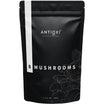
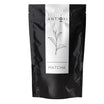
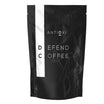
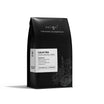
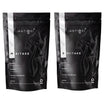
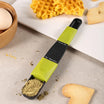
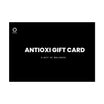
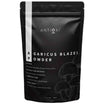
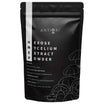
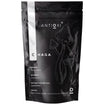
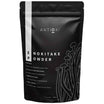
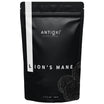
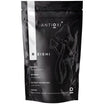
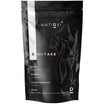
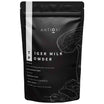
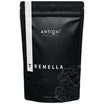
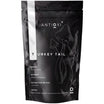


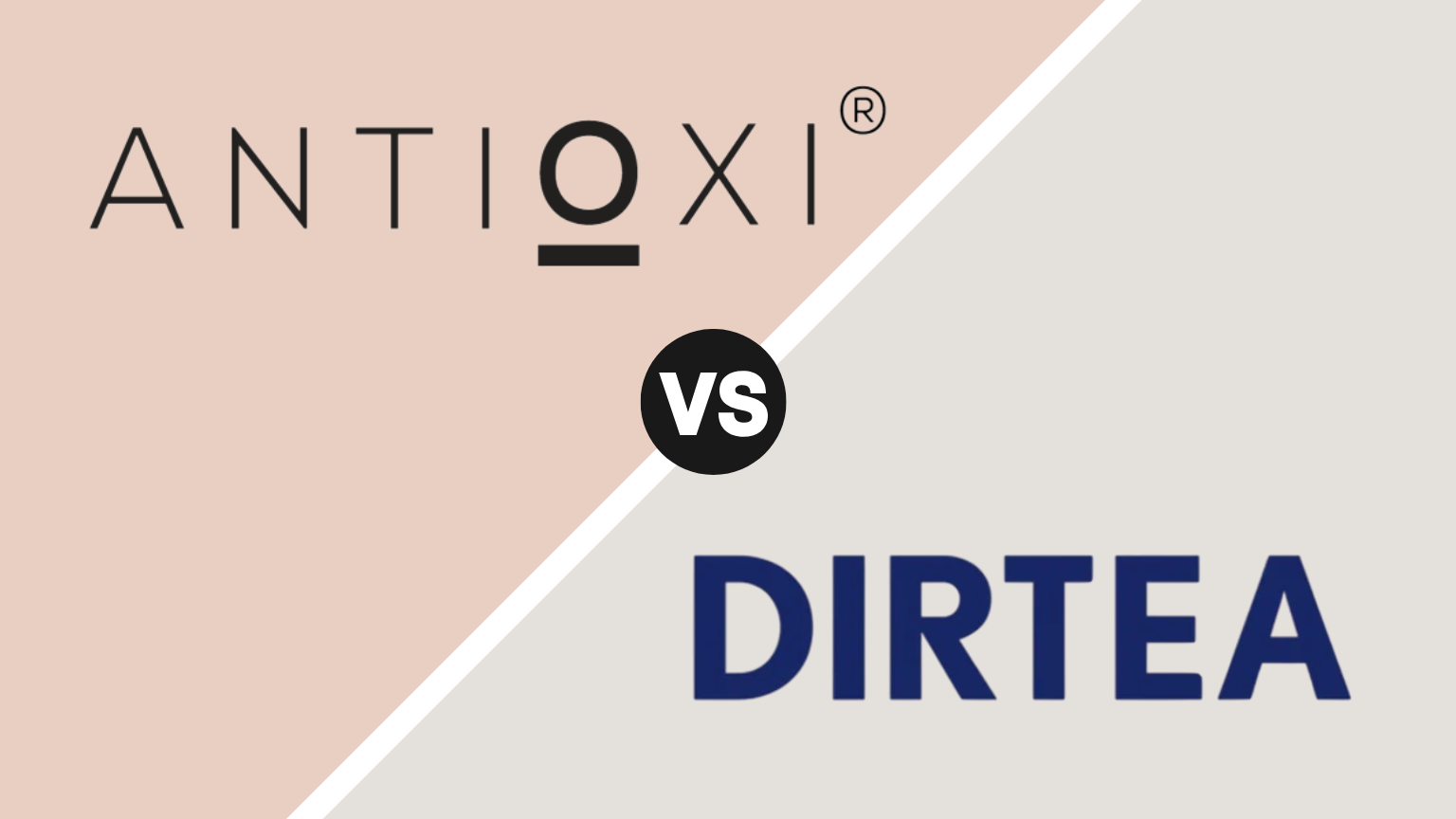
Leave a comment
All comments are moderated before being published.
This site is protected by hCaptcha and the hCaptcha Privacy Policy and Terms of Service apply.